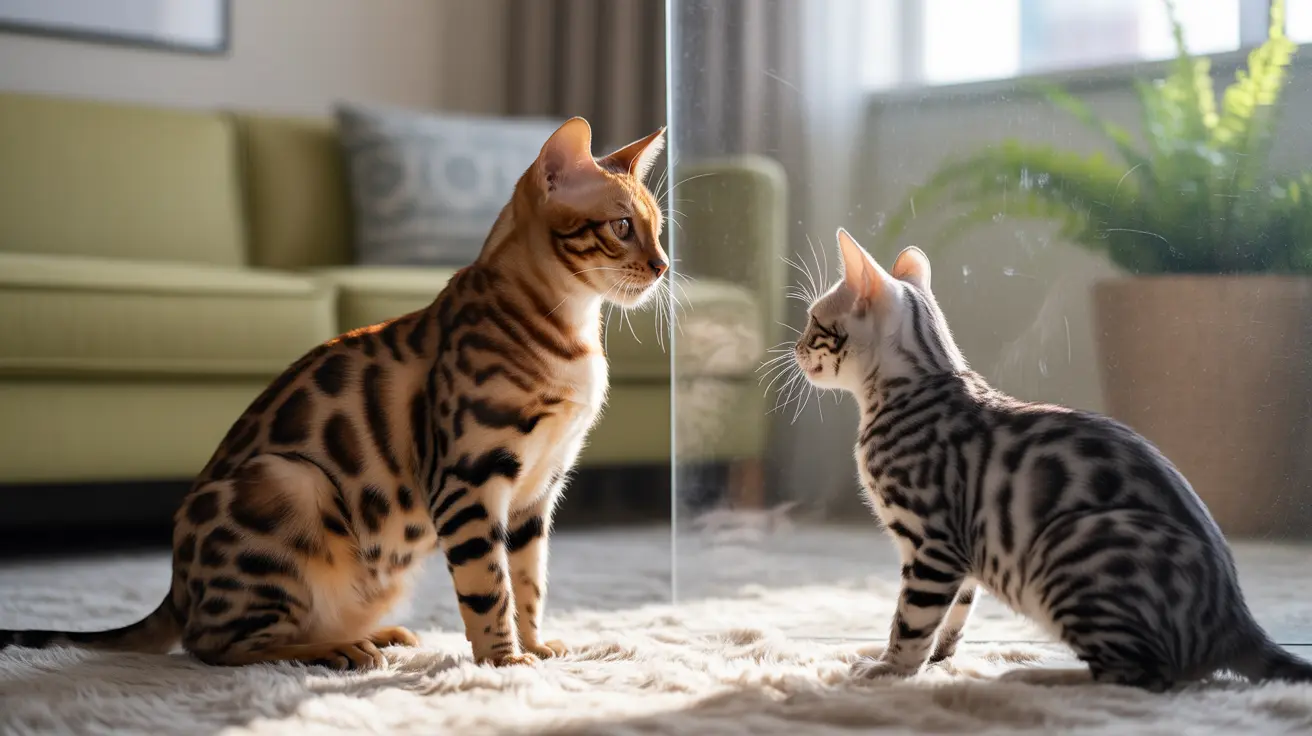Understanding Female Cat Social Dynamics
Female cats naturally form social bonds in the wild, particularly within family groups. In feral colonies, related females often work together, sharing responsibilities for kitten care and territory defense. This natural behavior shows that female cats are certainly capable of forming strong, positive relationships.
However, domestic settings present unique challenges. Unlike their wild counterparts, house cats must share limited space and resources, which can create tension if not properly managed.
Key Factors Affecting Female Cat Relationships
Age and Energy Levels
Cats with similar age and energy levels typically adjust better to living together. Kittens often bond easily, while adult cats may need more time to accept each other. When pairing cats, consider:
- Similar activity levels
- Comparable ages
- Previous socialization experience
- Individual temperaments
Territory and Resources
Female cats are naturally territorial, making resource management crucial. Essential items should be duplicated and spread throughout your home:
- Multiple litter boxes (one per cat plus one extra)
- Separate feeding and water stations
- Various scratching posts and perches
- Multiple cozy resting spots
Successfully Introducing Two Female Cats
The introduction process is critical for establishing a peaceful relationship between female cats. A careful, gradual approach significantly increases the chances of success.
Step-by-Step Introduction Process
- Separate living spaces initially
- Exchange scents through bedding and toys
- Allow visual contact through a barrier
- Supervise short face-to-face meetings
- Gradually increase interaction time
Creating a Harmonious Environment
Environmental enrichment plays a vital role in reducing tension between female cats. Consider these strategies:
- Install vertical spaces like cat trees and wall shelves
- Create multiple hiding spots and escape routes
- Use pheromone diffusers to reduce stress
- Maintain consistent daily routines
- Provide individual attention and playtime
Frequently Asked Questions
How can I help two female cats get along when introducing them to each other?
Use a gradual introduction process, starting with separate rooms and slowly progressing to supervised interactions. Ensure each cat has access to their own resources and safe spaces, and never force interaction.
Are female cats more territorial and less likely to bond than male cats?
While female cats can be territorial, their ability to bond depends more on individual personality, proper introduction, and environmental factors than gender alone. Many female cats form strong, lasting friendships when properly introduced.
Does the age or personality of female cats affect their ability to live together peacefully?
Yes, age and personality significantly impact compatibility. Cats of similar ages and energy levels typically adjust better to living together. Younger cats and those with previous positive social experiences often adapt more easily.
What signs show that two female cats are getting along or not getting along?
Positive signs include mutual grooming, sleeping near each other, and playing together. Warning signs include hissing, growling, chasing, blocking access to resources, and inappropriate elimination.
How many litter boxes and resources should I provide for two female cats sharing a home?
Follow the "n+1" rule for litter boxes: one per cat plus one extra. Provide multiple feeding stations, water bowls, scratching posts, and resting areas to prevent resource competition.
Conclusion
While some female cats may take time to adjust to living together, most can develop positive relationships with proper introduction and management. Success depends on understanding cat behavior, providing adequate resources, and maintaining patience throughout the bonding process.
Remember that each cat is unique, and there's no guaranteed timeline for establishing harmony. Focus on creating a supportive environment and responding to your cats' individual needs for the best chance of success.






